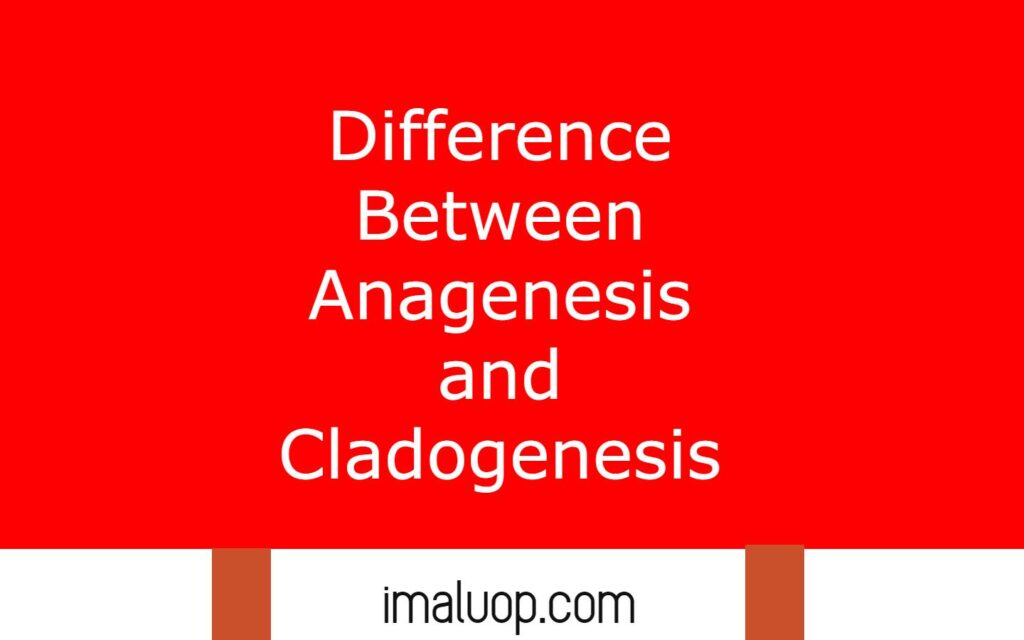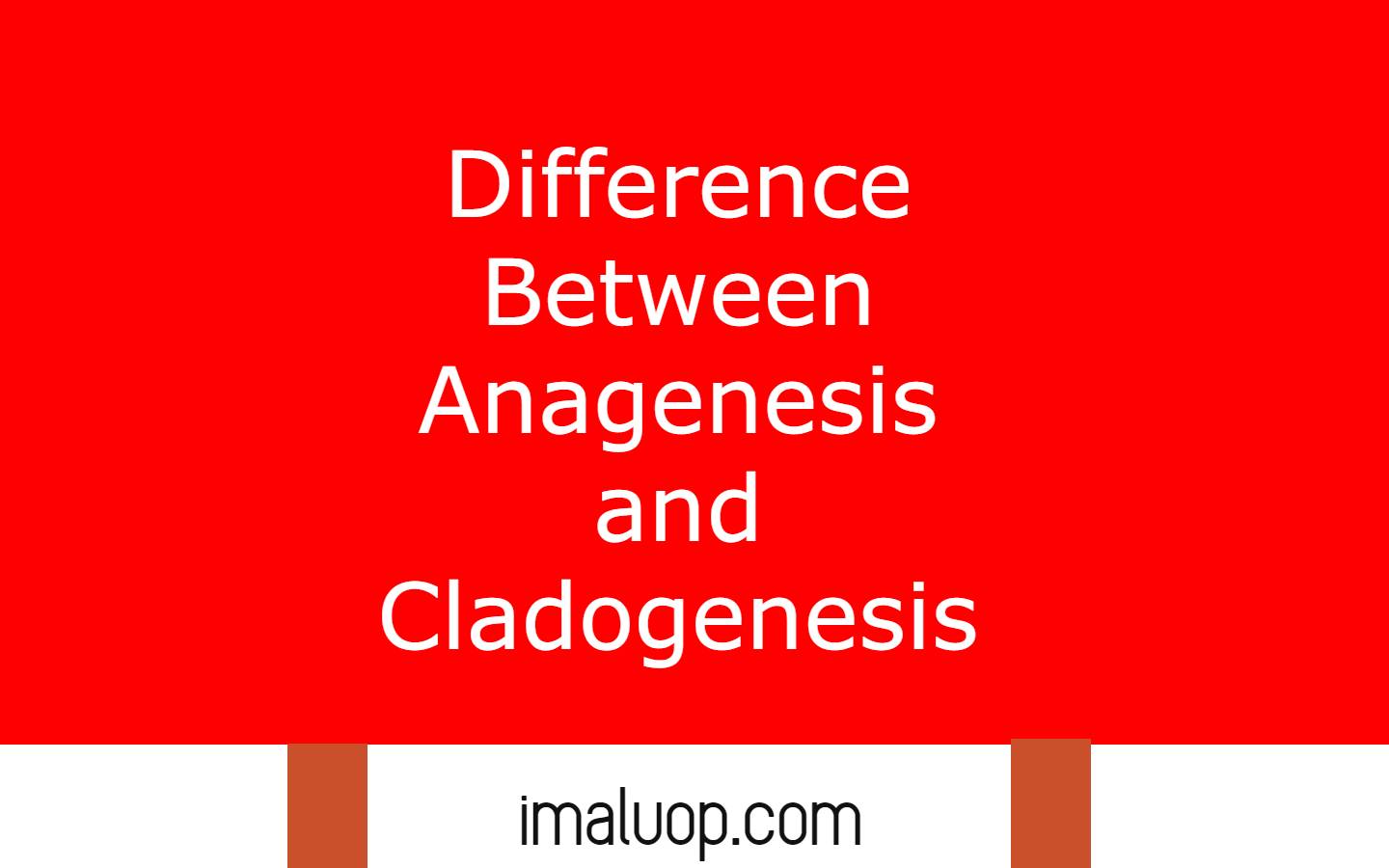Hi, we are going to discuss some process anagenesis and cladogenesis, difference between anagenesis and cladogenesis. But will give some basic ideas about anagenesis and cladogenesis and how they are important in evolutionary biology.
Table of Contents
What is Anagenesis:
It is a process in evolution which creates a new phyletic transformation in a species which continues its existence and lives like an interbreeding population. Anagenesis causes replacement of a taxon with another one without formation of branching in evolution.
Anagenesis is famous as phyletic evolution or progressive evolution due to this reason. Specialisation for an external stimulus makes an individual organism of a species involved in the process anagenesis. But does not originate a new species always because formation of a new species takes millions of years due to the slow rate of evolution.
Characteristics of Anagenesis:
Changes in organs make it more complex and its better functionality, divide the labour of the whole body to different organs, improvement in nervous system to make it more advanced, tolerance of environmental changes.
Sometimes anagenesis reduces the complexity of the organ to make the organism more efficient. For example some parasites do not need developed sensory organs then they show poor developed sense organs.
The segmentation occurring in arthropods is an advanced feature which also results from anagenesis. Well developed brains of human ancestors than other animals also due to anagenesis to win them in natural selection.
We can classify anagenesis depends upon how much time they take – tachytely, horotely and bradytely. Tachytely is the most fast anagenesis process, horotely takes moderate time but bradytely is the most time consuming process but it occurs in a stable environment. For example the elongated neck of a giraffe is an improvement that occurs by anagenesis.
What is Cladogenesis:
It is also a process in evolution which creates new branches of species from an ancestor species in the path of evolution. Cladogenesis is the major reason for creating new species from existing ancestral species in evolutionary biology.
Cladogenesis causes diversity in nature because it is responsible for creating multiple species from a single ancestral species. Cladogenesis works more actively than anagenesis and the cladogenesis is often called branching evolution because cladogenesis branches out new species from ancestral species.
Depending upon how much time is needed to create a new species by cladogenesis this process is divided into three types – tachyschizia, horoschizia and bradyschizia.
In tachyschizia speciation occurs at a very fast rate due to optimum development of the species for various reasons, horoschizia take moderate time to evolve a new branch in evolution while bradyschizia is the most time taking process for branching out a new species.
Similarities Between Anagenesis and Cladogenesis:
Now we will discuss the major fundamental similarities between anagenesis and cladogenesis for better understanding. Both anagenesis and cladogenesis occur in the environment in response to changing environment in evolution to survive better.
Ultimately both anagenesis and cladogenesis cause speciation in most of the cases which increases the biological diversity. Both anagenesis and cladogenesis occur at different rates in the environment, some of them fast, some moderate and others occur very slowly.
Difference Between Anagenesis and Cladogenesis:
Now we will discuss the major difference between anagenesis and cladogenesis with the help of a comparison table.

| Anagenesis | Cladogenesis |
| Anagenesis is a process in evolution which occurs in a single branch to replace a taxon with another but does not branch out. | Cladogenesis is the evolutionary process which causes branching out in an ancestral special lineage in the response of changing environment. |
| Anagenesis does not split a lineage rather it just replaces a taxon with another in a single lineage. | Cladogenesis causes splitting of a lineage into multiple branches from a single lineage. |
| Anagenesis is often known as phyletic evolution or progressive evolution for its specific functions. | Cladogenesis is often known as branching evolution because it split the lineage into multiple branches in the path of evolution. |
| Anagenesis process causes converting a gene pool into a new gene pool. | Cladogenesis just split a gene pool into multiple gene pools in evolution. |
| Anagenesis just makes the organism advance but does not create biological diversity. | Cladogenesis causes biological diversity by splitting the ancestor lineage into multiple lineages through speciation. |
| Depending upon the process of operations of anagenesis it is three types – tachytely, horotely and bradytely. | Depending upon how time takes to create a new lineage it is also three types – tachyschizia, horoschizia and bradyschizia. |
Reference: Difference Between Anagenesis and Cladogenesis
Read More: Definition and Examples of Amensalism
Hi Everyone!!! Welcome to Imaluop. Imaluop always try to learn some new and he want to share to other people. Here we will try to learn various topics on Science, specially on Biological Sciences.
